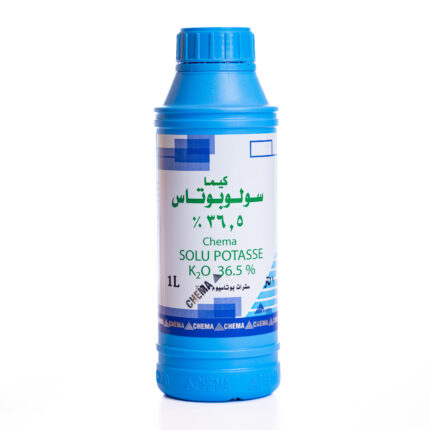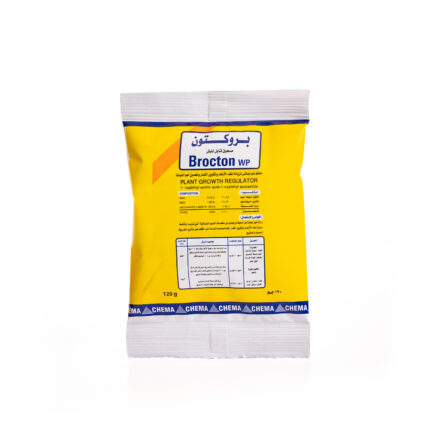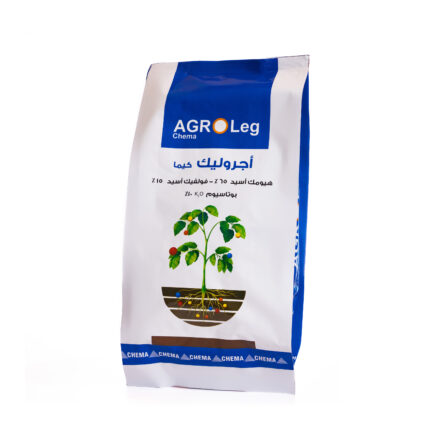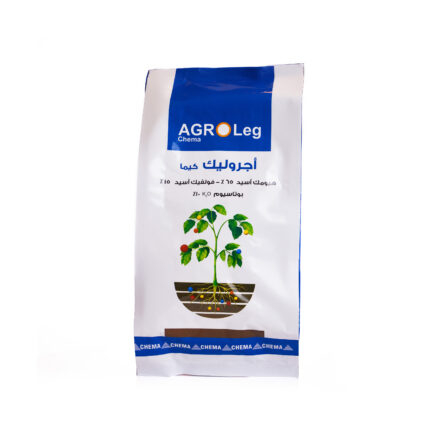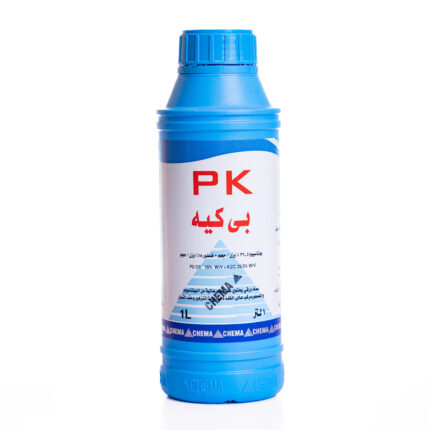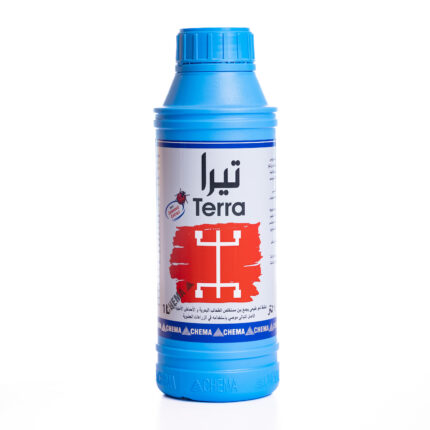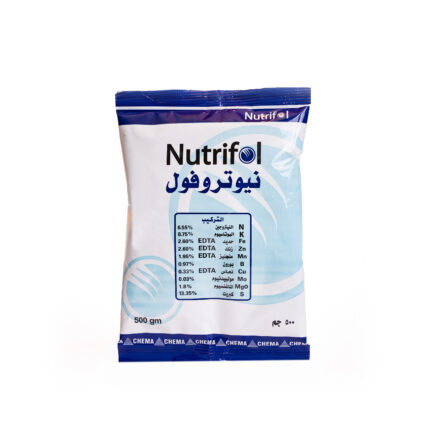Features and Specifications
ESREL
Plant growth regulator
Ethephon 48% SL
Chemical composition:
Active ingredient: Ethephon 48% SL
- (2-chloroethyl) Phosphonic acid
Esrel: is provided in convenient form of soluble liquid
Eserl: is a plant growth regulator that generates ethylene inside plant cells, which enhance maturity and coloring, especially in apples, tomatoes, bananas and grapes.
Esrel: is used before and after the harvest in many fruits.
Esrel: it is not recommended to mix with alkaline materials and solutions contains metal ions. The pH of the spray solution should be reduced to be 5.5 or 6.
Application dose:
100-150 ml / 100 L of water (grapes, banana).
150: 300 ml / 100: of water (apples).
100 ml / 100 L of water (Tomato).

Egypt

A plant growth regulator
Ethephon 48%

SAFETY DATA SHEET
Common name: Esrel 48% SL
Form: Liquid
Active ingredient: Ethephon 48% SL
(2-chloroethyl) Phosphonic acid
Emergency Overview:
Danger Corrosive - causes irreversible eye damage. Harmful if swallowed.
Harmful if inhaled or absorbed through skin.
Immediate Effects
Eye: Corrosive. Causes corneal opacity, irreversible eye damage. Vapors and mists can cause irritation, redness, tearing.
Skin: May be harmful if absorbed through skin. May cause redness, swelling on prolonged contact.
Ingestion: Harmful if ingested. May cause irritation, abdominal pain, chest pain, burns to mouth and esophagus.
Inhalation:Harmful if inhaled. Mists may cause respiratory tract irritation, coughing, a burning sensation.
Eye Hold eyelids open and flush with a steady, gentle stream of water for at least 15 minutes. Seek immediate medical attention, preferable with an phthalmologist.
If the physician is not immediately available, eye irrigation should be continued for an additional 15 minutes Skin In case of contact, wash with plenty of soap and water.
Seek medical attention if irritation develops or persists.
Ingestion If victim is conscious and alert, give 2-3 glasses of water. Do not induce vomiting. Material may enter lungs and cause severe damage.
Inhalation Remove victim from immediate source of exposure and assure that the victim is breathing. If breathing is difficult, administer oxygen, if available. If victim is not breathing, administer CPR (cardio-pulmonary resuscitation). Seek medical attention.

 Agriculture Pesticides
Agriculture Pesticides Fertilizer & PGR
Fertilizer & PGR Public Health Pesticides
Public Health Pesticides Spraying Machines
Spraying Machines
